
They say you should set up a home office in the most light-filled, spacious, and comfortable corner in your place. But what if there is no such corner or you cannot do so for objective reasons?
With the right decor choices, even the tiniest, darkest room tucked away in the back of your home can be transformed into a great home office.
Here are 9 proven interior design tricks to make a small, windowless room feel bigger and brighter.
Paint it in a light, airy colour
Pick a light palette of pastel colours for a home office to make it feel larger.
Dark colours absorb light and can make a room feel closed-in; bright colours, on the other hand, reflect light and make an area feel wider.
There is no need to stick with a sterile, hospital-like shade of white (it can actually make the room feel darker, in certain light). Mixing off pure white base tone with pastel or bright accents will do the trick.
Our favourite colours for a small windowless home office are powdery blues, soft grey, and blush pink. These tones can make a huge difference in how a room looks and feels.
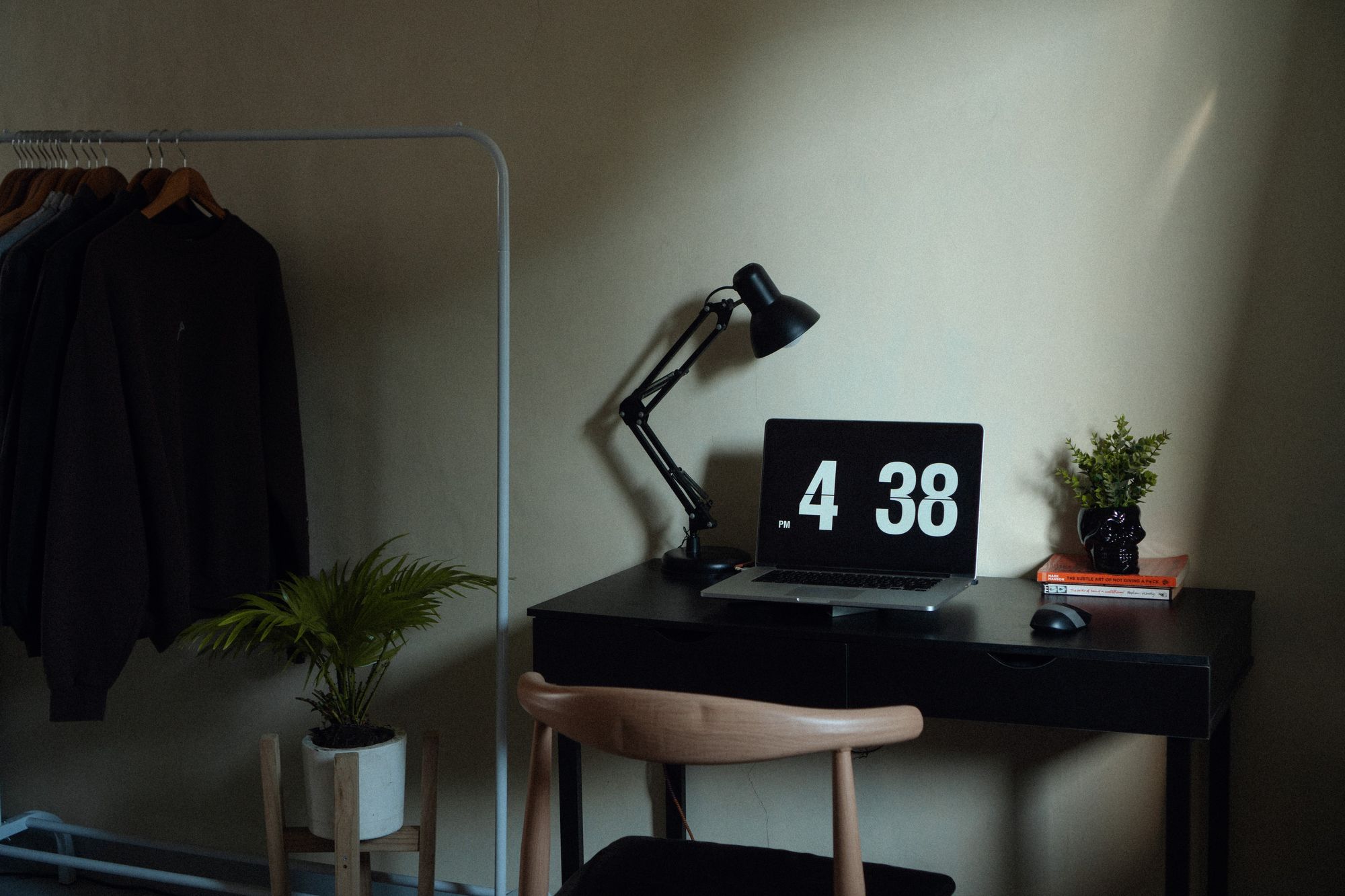
Make the most of your vertical space
The best solution for storage-constrained home office spaces is to stop buying all sorts of baskets, boxes, and document holders.
Invest in vertical shelving units or cabinets instead, it will pay off straight away.
In most cases, horizontal storage systems don’t work for small and dark home offices, as they visually clog the space that’s already limited by default.
Light the room sensibly
Captain Obvious says that compensating the shortfall of natural light with artificial one will make a room seem brighter.
However, what actually matters here is what kind of lighting you use and how you use it.
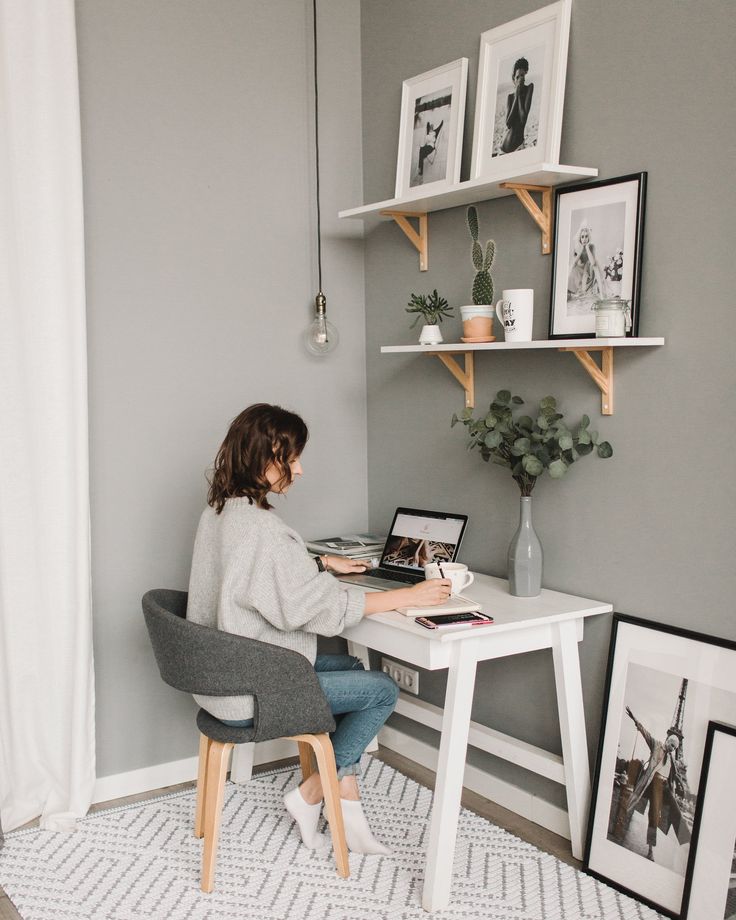
Don’t use a single light fixture in the centre of the room. This casts a pool of light in the middle of the floor, making the room appear dark, small, and dull.
Rather than turning on the overhead fluorescent light, create a warm soothing luminescence with desk lamps. You can also consider adding hidden light sources—tuck lamp shades behind furniture, on shelves, and in more obscure spots to provide more light.
Lighting up corners or lining the space between the ceiling and wall with string lights also makes a room seem larger and brighter.
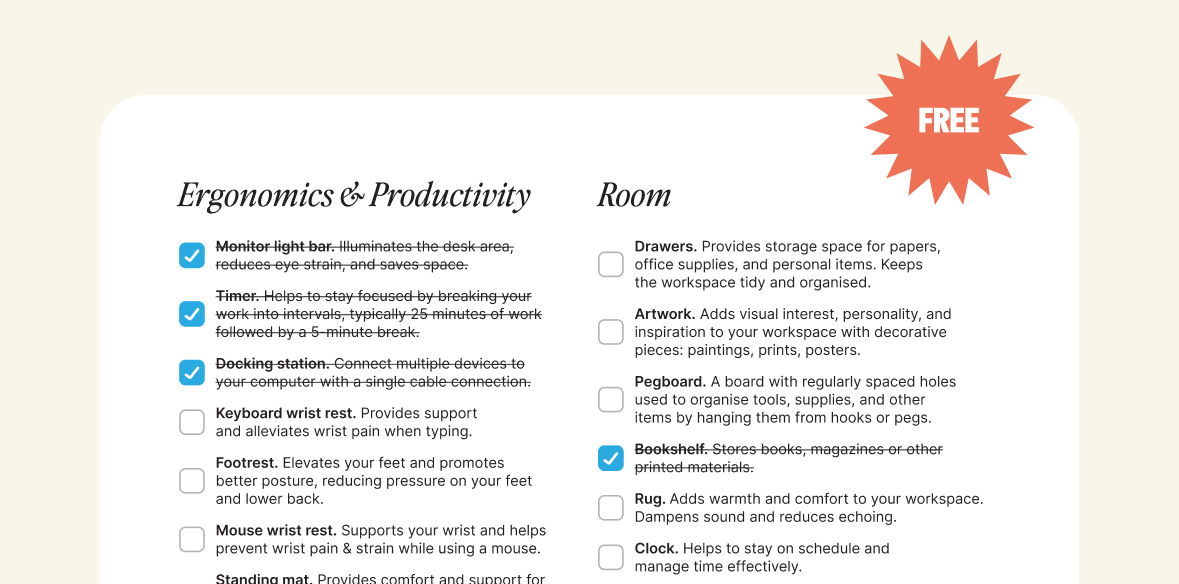
Furnish a windowless home office wisely
Don’t use a lot of furniture. Small dark rooms look even smaller and darker when filled with many items, so this is the time to go minimalist with your design.
Instead of using a lot of little things, pick a few larger ones that will accent the room.
Raise the legs of your furniture with some soft, plastic or metal levellers. Even chunky items lifted off the floor let the light come through, creating a sense of airy space.
Floating shelving works pretty much the same way. You can mount a few floating shelves to the wall and store valuables there instead of clogging your space with lots of clunky items.
Add some greenery
It’s a no-brainer that plants can brighten and open up a room. Moreover, they have a proven record of helping fellow makers feel more motivated and satisfied at work.
However, if your home office lacks natural light, you need to choose plants carefully.
Look for plants that thrive in low-light conditions and don’t need too much lighting.
Some options include the Snake plant, Peperomia Obtusifolia, Aloe Vera, Calathea, and varieties of ferns and palms.

Make your flooring seamless
The floor is the fifth wall, so be careful when it comes to decorating it.
It’s not a panacea to keep an office’s floor bright and light-coloured, just like you have for walls. Using any floor accent that’s smaller than the room’s square footage will only break up the space and cut down on its already limited airiness.
Keep it simple and pick for a cloffice the same flooring that stretches through the rest of your house, or at least in the surrounding areas.
When the flooring runs throughout continuously, the space, even a small and dark one, looks seamless and open.
Expand space with an illusion of windows
A well-placed mirror dramatically extends a smaller home office. Not only does it mimic a window, but it visually expands the space, and adds a sense of depth. Mirrors also reflect some of the light, helping to create an air of brightness and warmth in a room.
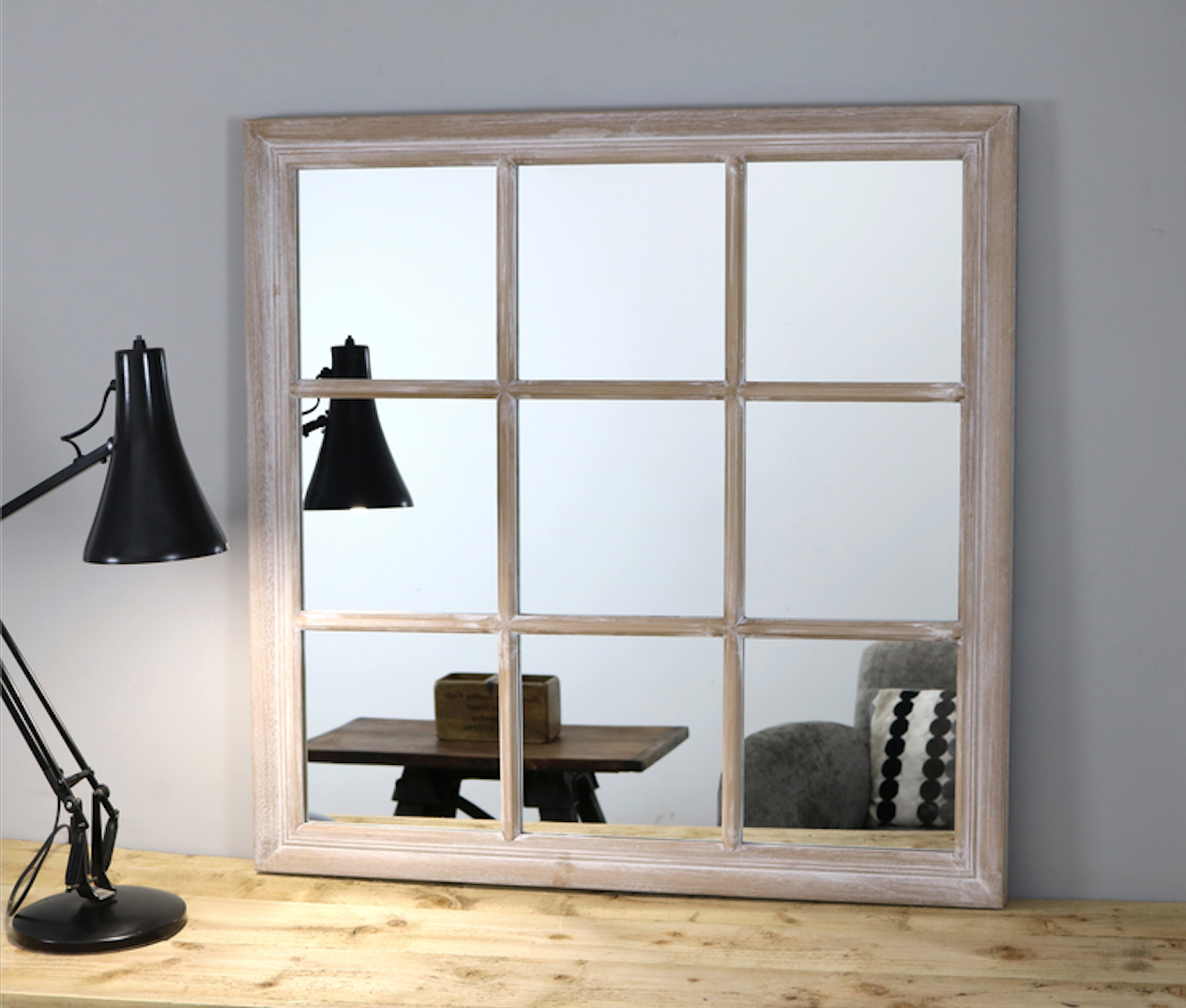
Explore the power of optical illusion by decorating your walls with art featuring a window, old window panes, or simply empty picture frames.
You don’t want to overdo wall decorations in a small space, since it can make walls look smaller. But strategically placed elements can trick your eyes into thinking the room is twice as big as it really is. Additionally, it’s a calming touch that will make you feel more at ease at your desk.
Make it yours
Frame your pet’s silliest picture and put it on a desk so that you can glance at it during those way-too-protracted Zoom calls.
Treat yourself to some Japanese stationery, or keep the book you’re currently devouring next to the keyboard.
Anything that cheers you up and changes the context works. These small extras can make monotonous routine tasks a little more enjoyable and remind you that there are so many things going on in your life besides work.
Take advantage of aromatherapy
Scents make a huge impact on our brains. They can create a calming atmosphere in your home office.
Invest in an oil diffuser that can be filled with a variety of fragrances depending on the time of day and the motivation you’re looking for. Tune your mood, stress and energy levels to your advantage.
Home office scents to boost your WFH attitude:
- Rosemary relieves physical exhaustion, headaches, and muscular pain, keeping you going throughout the week.
- Lemon, citrus, and lemongrass wake up your senses.
- Coffee promotes attentiveness and analytical thinking.
- Peppermint boosts energy and sharpens the mind, so it’s great for brainstorming.
- Cinnamon enhances concentration and focus.
- Lavender soothes stress and calms you down.
- Jasmine produces a sense of confidence, optimism, and vitality.
We’re a reader-supported publication. This article might contain affiliate links. It means we may receive a commission if you click a link and buy a product that our maker has recommended. The article was written independently.





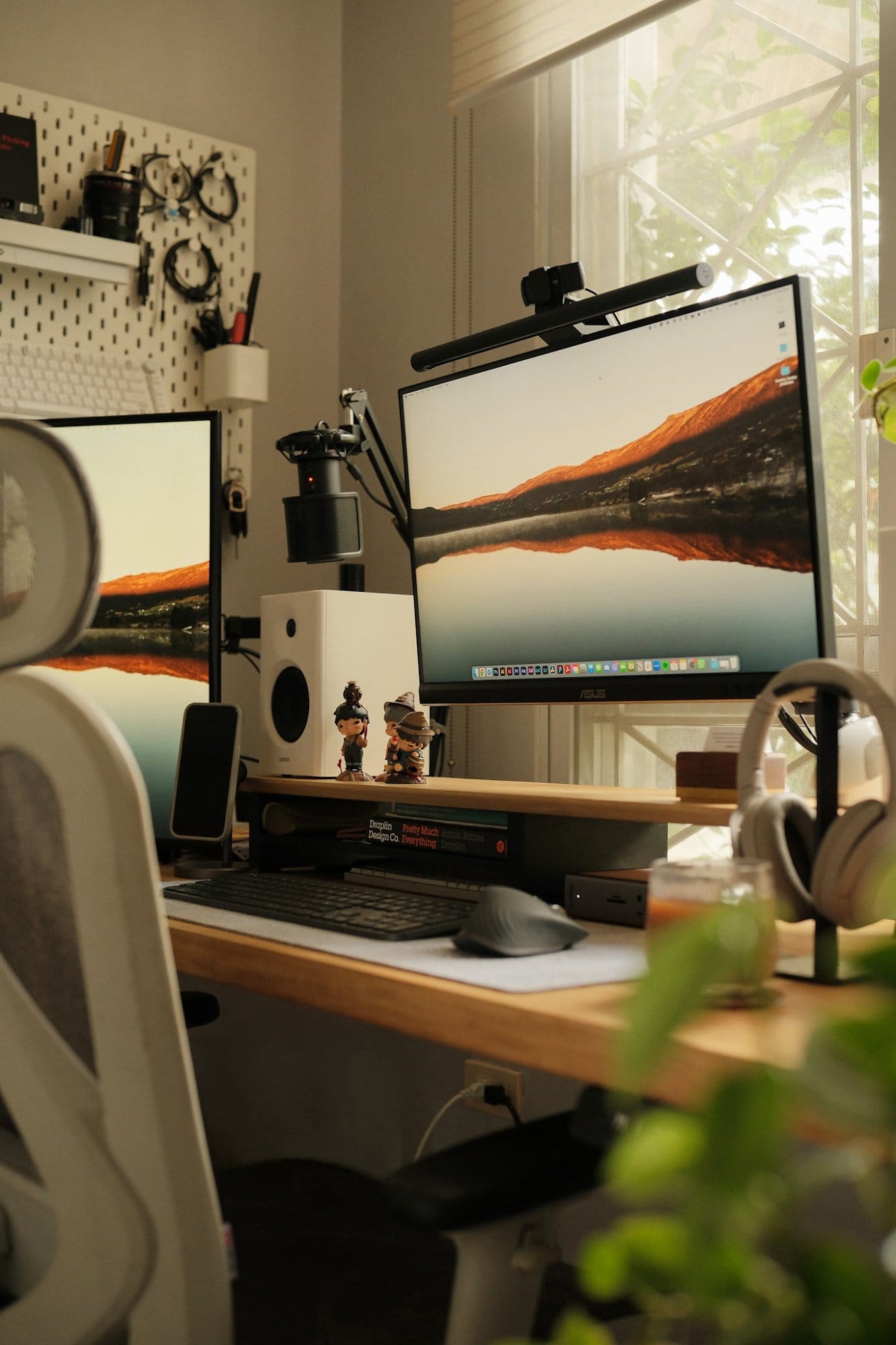

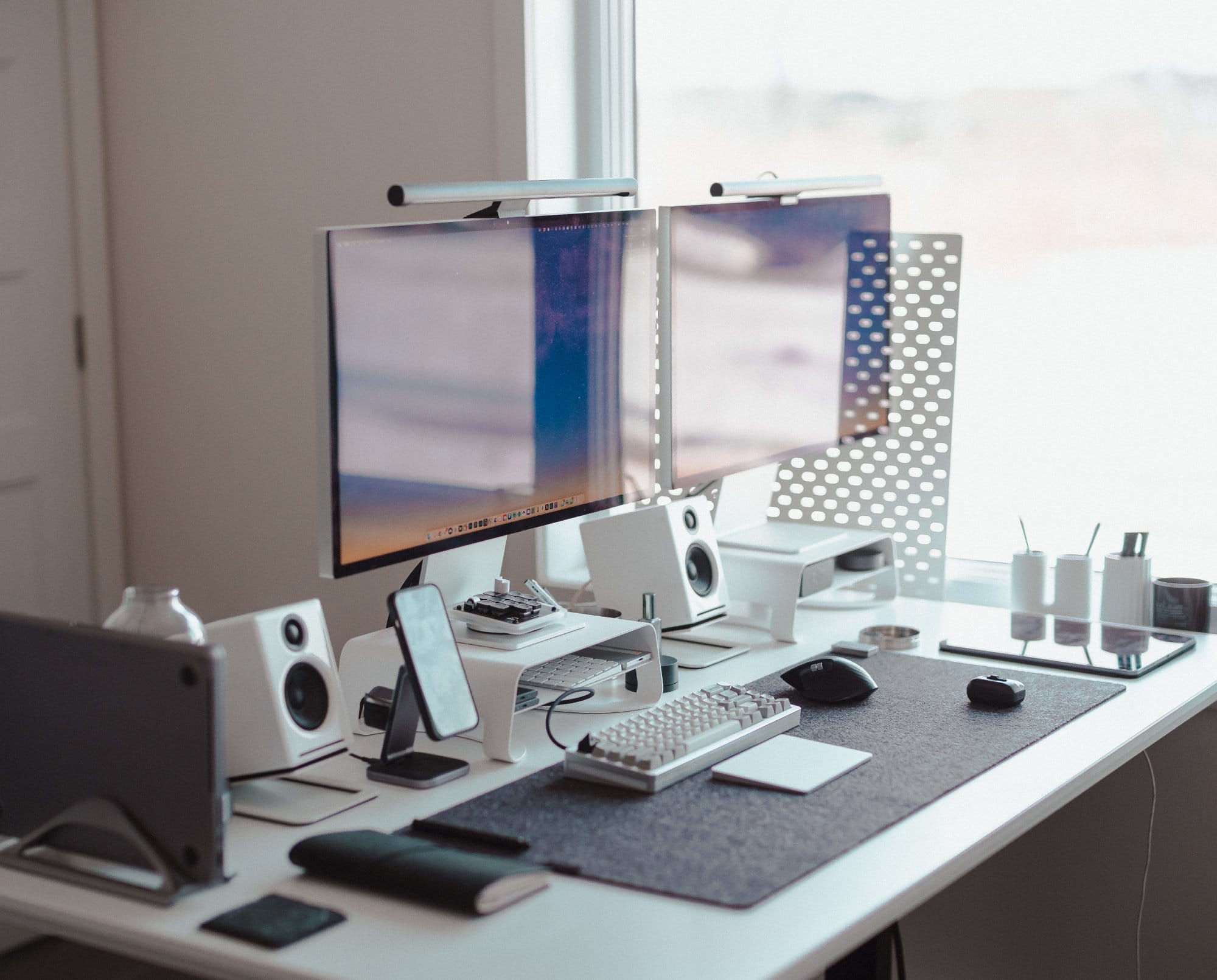
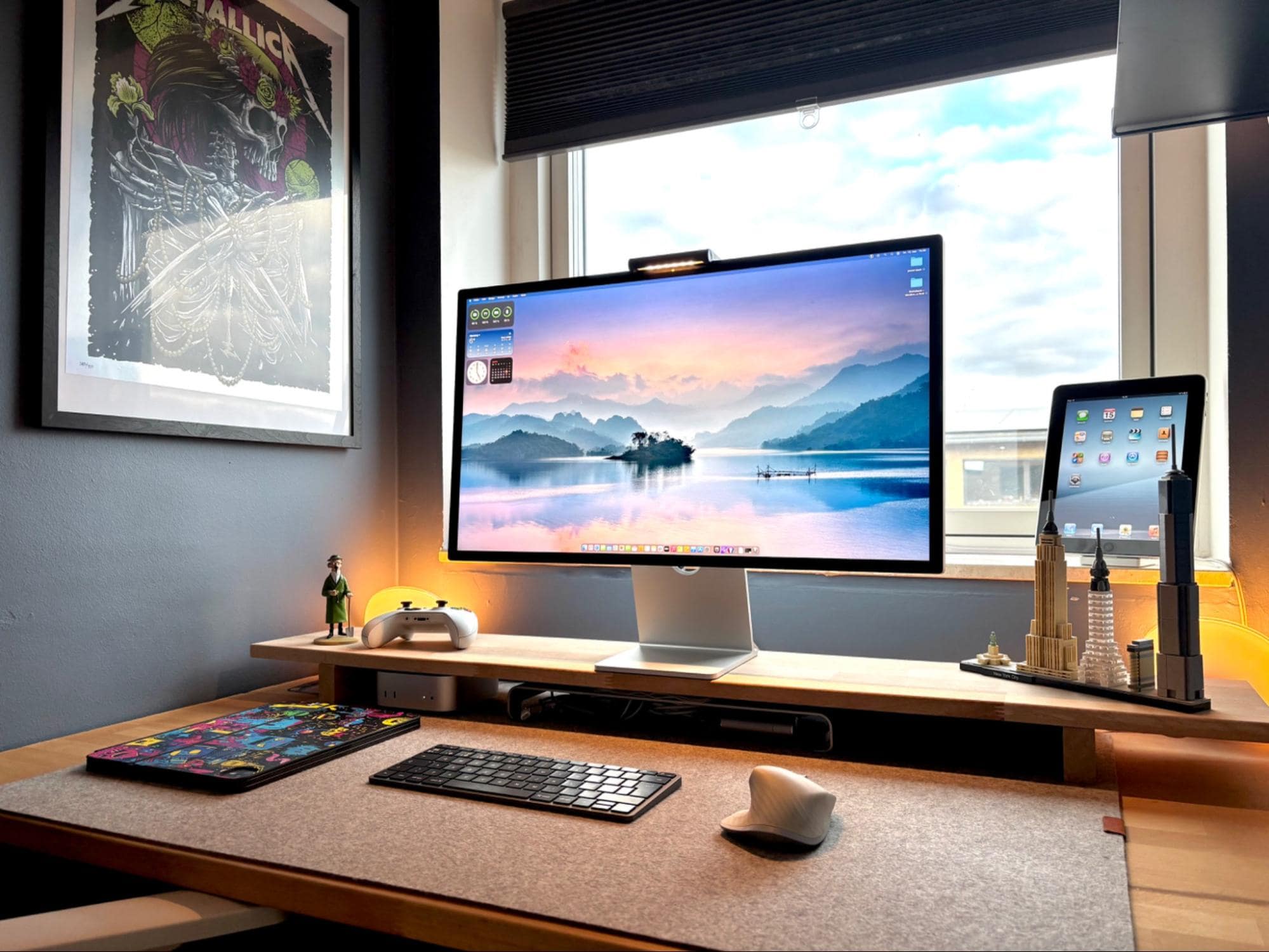
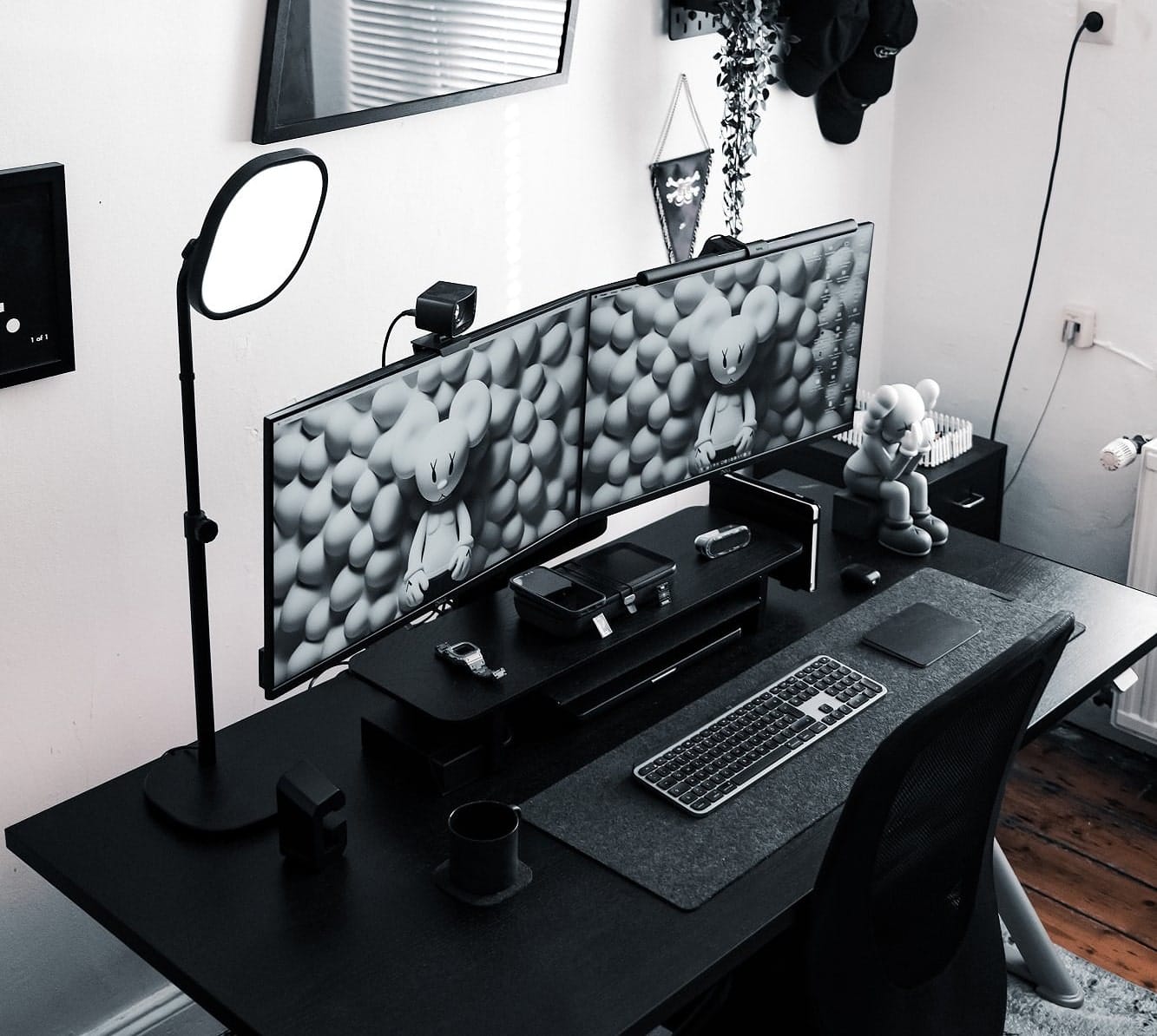

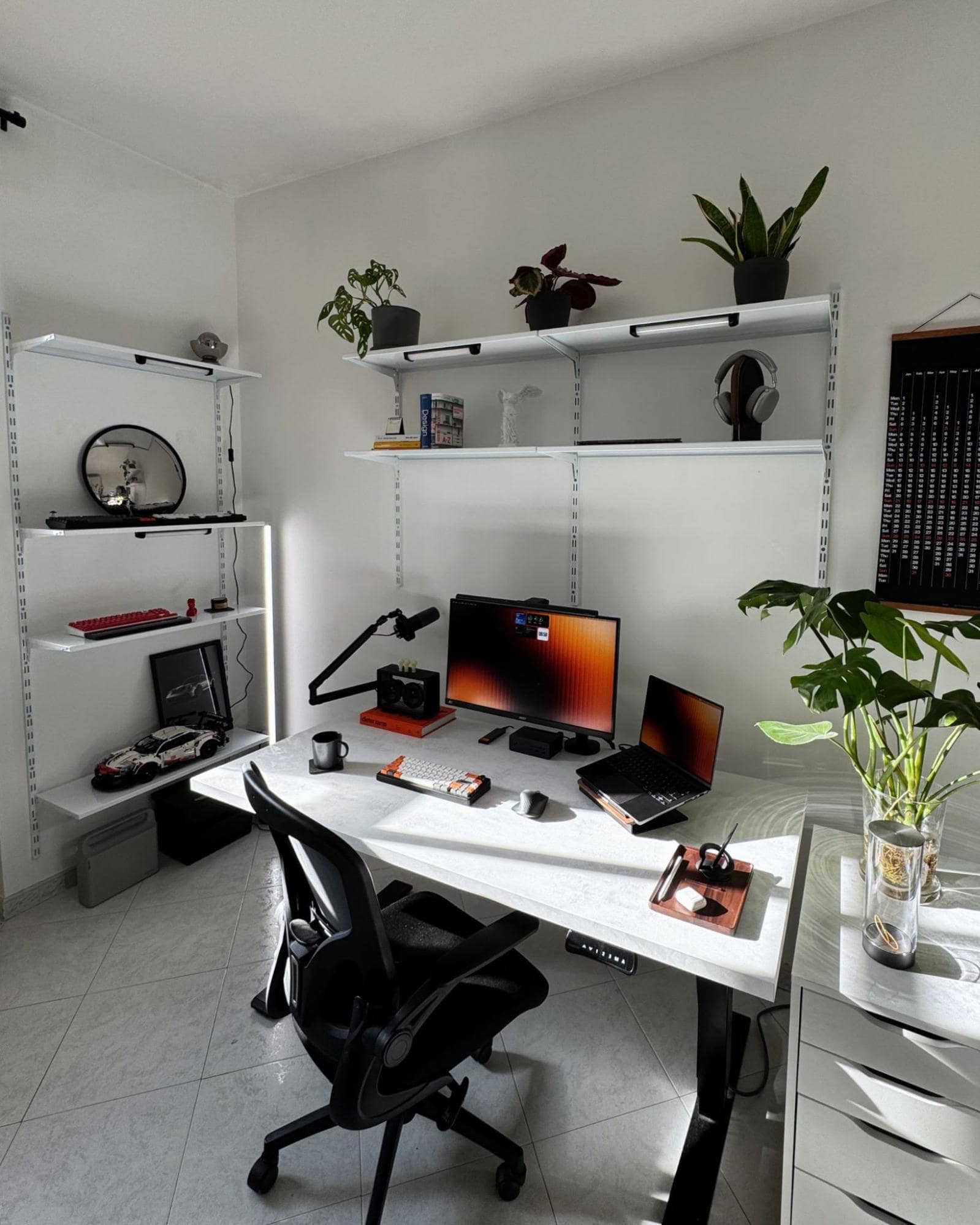
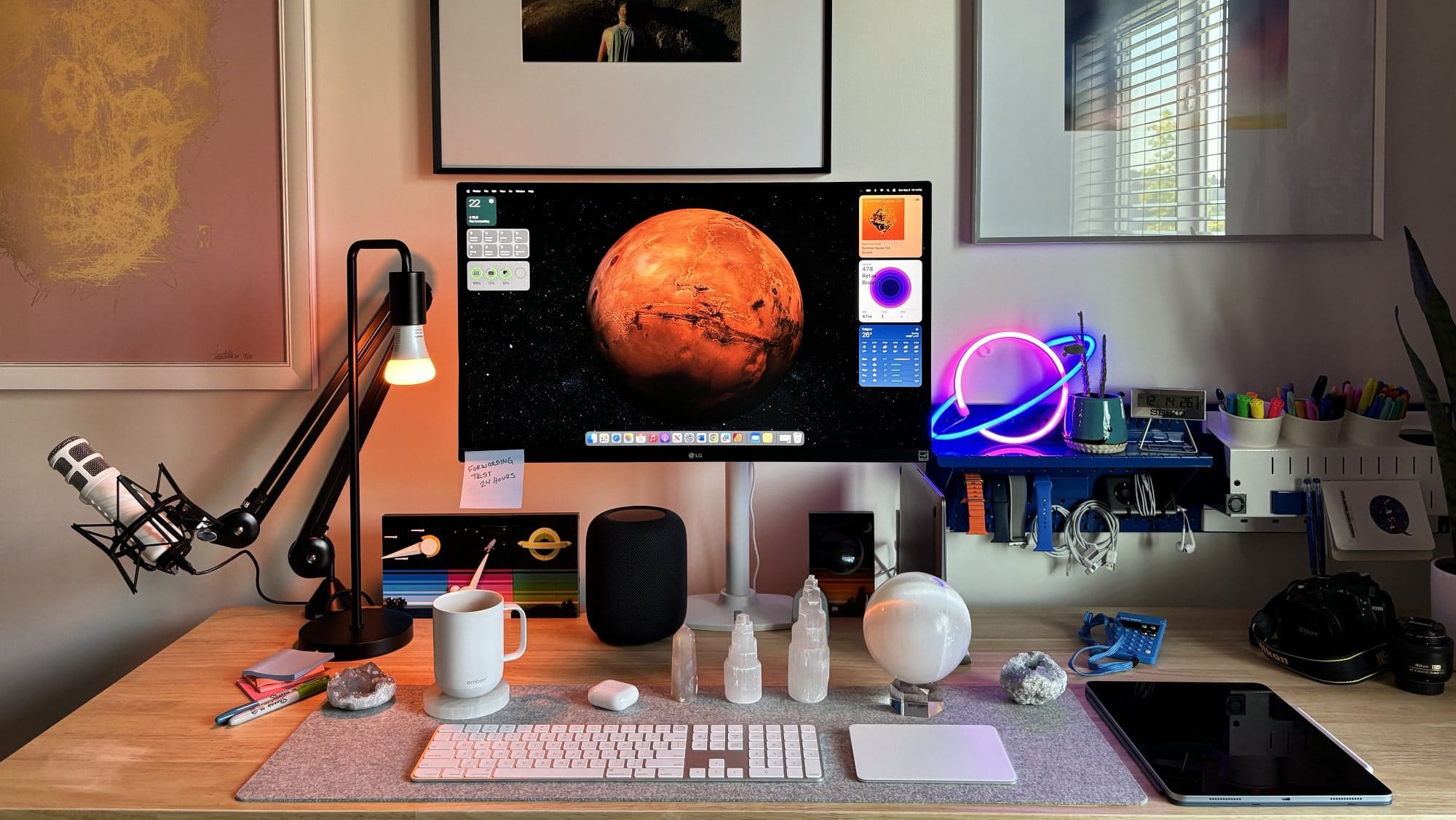
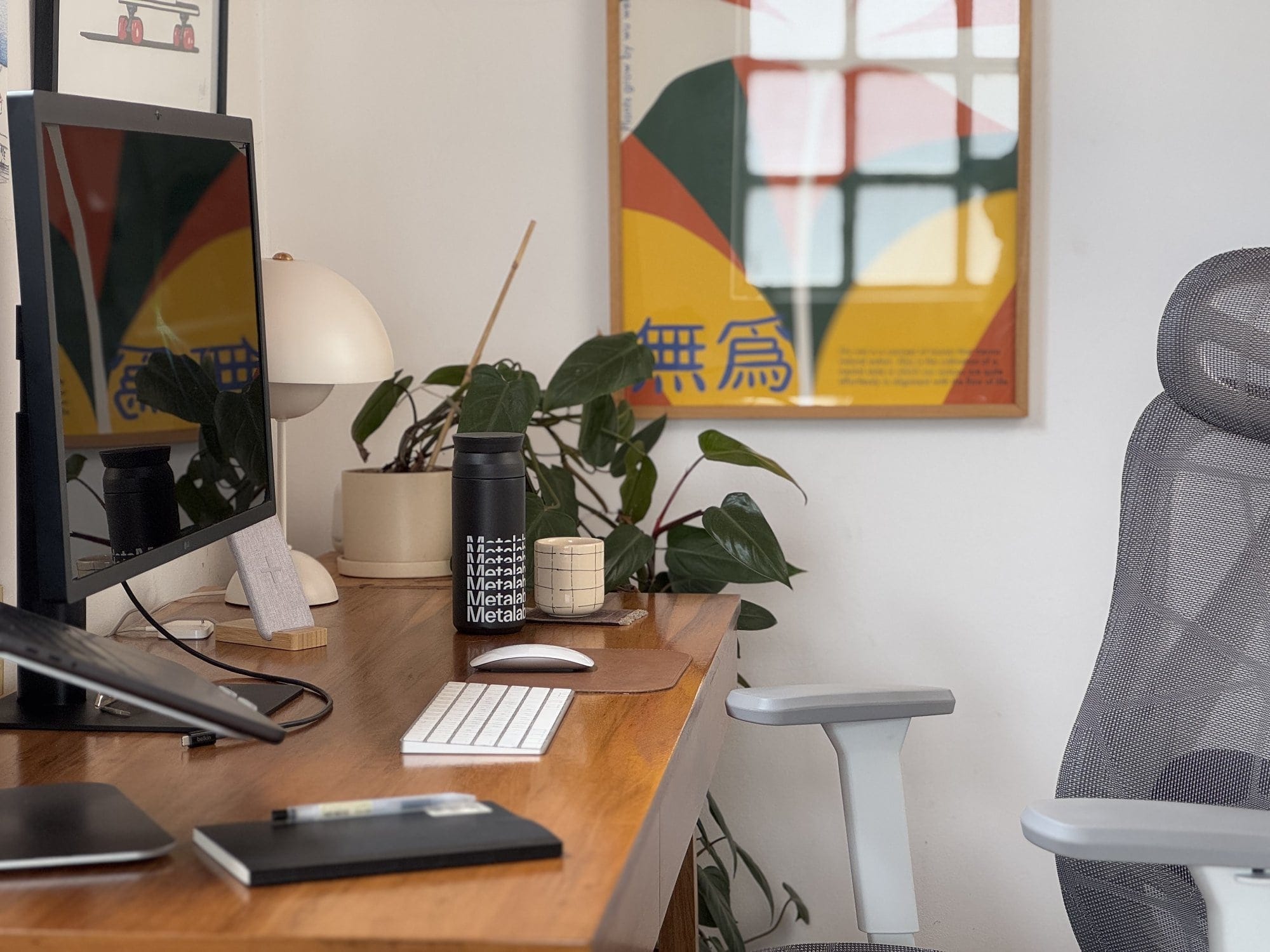
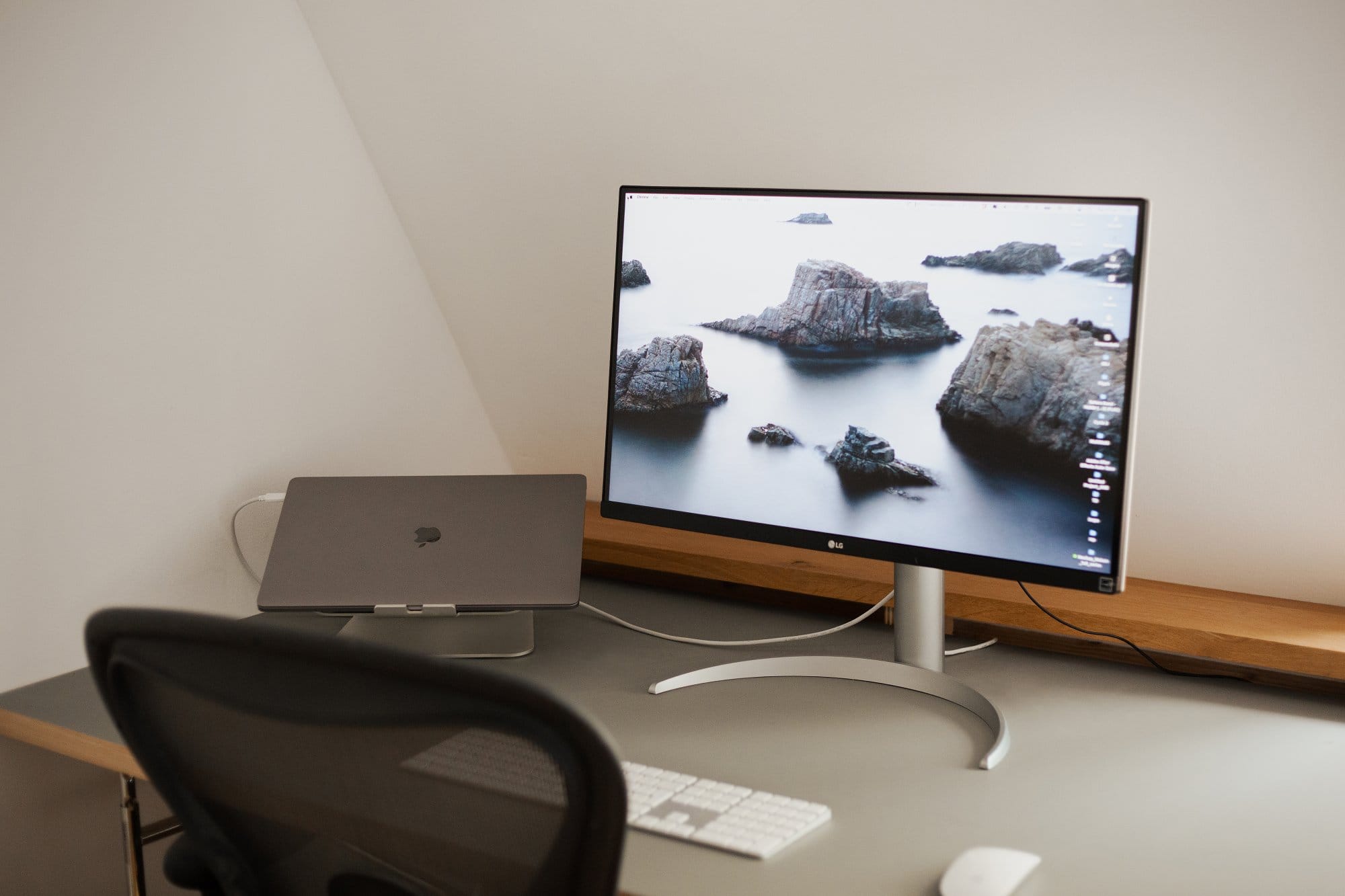
Discussion